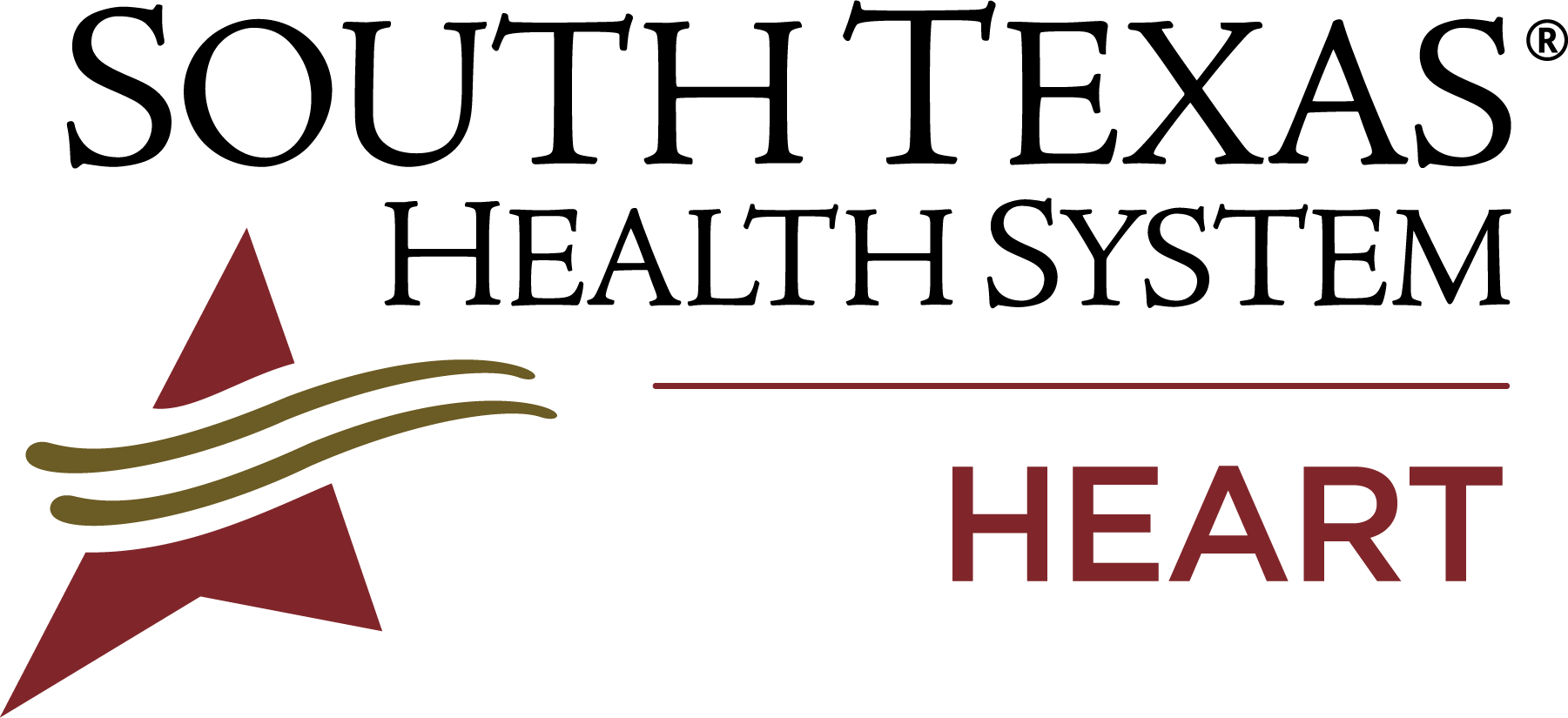Heart Disease in Women: Prevention and Symptoms
When most people think of heart disease, they think that men are at risk. However, heart disease is the leading cause of death for both men and women according to the Centers for Disease Control. While women are just as much at risk of heart disease as men are, the symptoms aren’t always as clear cut. Thousands of women are misdiagnosed every year, and the consequences are often fatal.
One reason for this oversight is that signs of heart disease in women frequently differ from what many doctors consider typical. Although many women are at risk, particularly women who are past menopause, few recognize the risk factors or take steps to reduce them. If left untreated, coronary heart disease in women can lead to heart attack and heart failure.
Preventing Heart Disease in Women
There is good news however - women can reduce their risk of developing heart disease by developing a few simple healthy lifestyle changes. These changes include:
- Stop smoking
- Maintain a healthy weight
- Eat a heart-healthy diet
- Exercise (the American Heart Association recommends 20 minutes of exercise three times a week with warm up and cool down periods)
- Seek screening and treatment for high blood pressure, diabetes or high cholesterol
When a woman reaches menopause, her risk for developing heart disease equals if not surpasses a man's risk. Cholesterol levels that were kept in check by estrogen production may surge upward. Hormone replacement therapy may reduce the sudden increased risk, but at the same time promote an increased risk for breast and ovarian cancer.
Every woman should talk to her doctor about her risks for heart disease. Preventive measures can go a long way in reducing the chances of a heart attack.
Signs of a Possible Heart Attack in Women
Often when women experience a heart attack, they don't recognize the symptoms and believe they are experiencing heartburn or the flu. Here are signs of a heart attack in women:
- Uncomfortable pressure, squeezing, fullness or pain in the center of your chest. It lasts more than a few minutes, or goes away and comes back
- Pain or discomfort in one or both arms, the back, neck, jaw or stomach
- Shortness of breath with or without chest discomfort
- Other signs such as breaking out in a cold sweat, nausea or lightheadedness
As with men, women’s most common heart attack symptom is chest pain or discomfort. But women are more likely than men to experience less common symptoms, particularly shortness of breath, nausea/vomiting and back or jaw pain.
If you have any of the signs of a possible heart attack, don’t wait. Call 911 and get to the Emergency Department Immediately.
